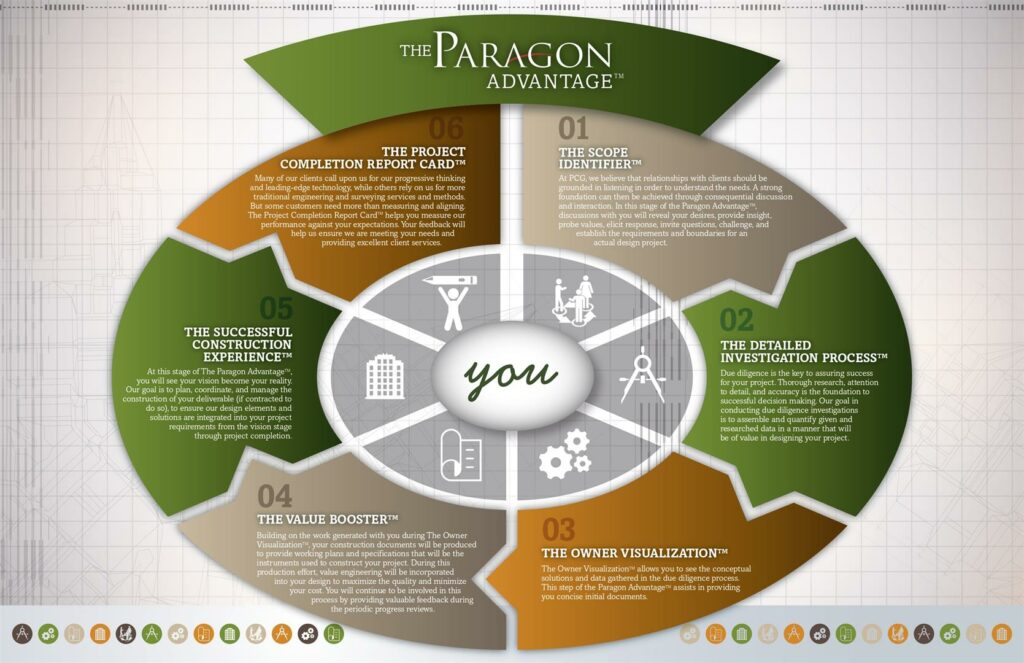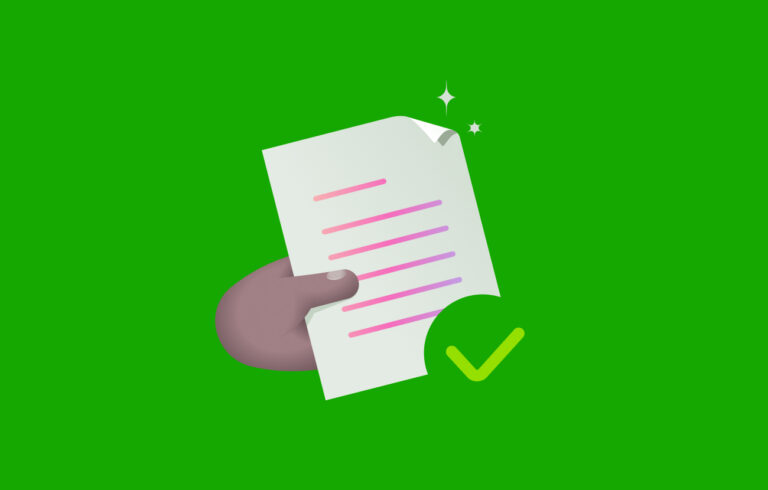Book Appointment Now

Understanding Client Requirements: Probing for Success
Understanding client requirements involves asking targeted questions that reveal their needs and expectations. Effective communication is key to uncovering these insights.
Accurate understanding of client requirements is essential for successful project outcomes. Asking the right questions helps clarify goals, budget constraints, and timelines. Engaging with clients fosters trust and opens the door to deeper discussions. Tailoring your approach based on their responses can lead to innovative solutions.
A well-structured question can elicit valuable information that guides your strategy. This process not only aligns your vision with the client’s but also minimizes misunderstandings. By prioritizing effective inquiry, professionals can ensure they meet and exceed client expectations. Ultimately, this leads to improved satisfaction and long-term relationships in a competitive market.

Credit: www.instagram.com
The Art Of Listening
The ability to listen is crucial in understanding client requirements. Listening goes beyond just hearing words. It involves grasping emotions, intentions, and needs. Effective listening builds trust and rapport. This enhances communication and fosters strong relationships.
Active Listening Techniques
Active listening is essential in client interactions. It means fully focusing on what the client says. Here are some techniques to enhance active listening:
- Maintain Eye Contact: Show engagement with your eyes.
- Use Open Body Language: Keep arms uncrossed and lean slightly forward.
- Paraphrase: Repeat back what the client says in your own words.
- Ask Clarifying Questions: Inquire further for better understanding.
- Summarize: Recap key points to confirm comprehension.
Practice these techniques regularly. They help in grasping the full context of client needs.
Avoiding Assumptions
Assumptions can lead to misunderstandings. Avoid jumping to conclusions about client needs. Here are tips to minimize assumptions:
- Ask Open-Ended Questions: Encourage clients to express their thoughts freely.
- Confirm Information: Validate your understanding with the client.
- Stay Neutral: Keep an unbiased mindset during discussions.
- Listen Without Interrupting: Let clients finish their thoughts.
By avoiding assumptions, you can uncover deeper insights. This leads to better outcomes for clients.
Asking The Right Questions
Asking the right questions is vital for understanding client needs. It helps clarify goals and expectations. This process builds trust and enhances communication. The right questions lead to better solutions and satisfied clients.
Open Vs Closed Questions
Choosing between open and closed questions is essential. Each type serves a specific purpose:
| Type of Question | Description | Use Cases |
|---|---|---|
| Open Questions | Encourage detailed responses. Allow clients to express thoughts. |
|
| Closed Questions | Require short, specific answers. Usually “yes” or “no”. |
|
Use open questions to dive deeper into client needs. Follow up with closed questions to clarify details.
Layered Questioning Strategy
A layered questioning strategy helps uncover hidden needs. Start with broad questions, then narrow down.
- Begin Broad: Ask about general goals.
- Narrow Down: Focus on specific areas.
- Follow Up: Use details to ask deeper questions.
This method reveals more information. It allows clients to express themselves freely. Listening carefully is key to this strategy. Adjust questions based on client responses.
Remember, the right questions lead to effective solutions. They build a solid foundation for client relationships.
Documenting Client Needs
Documenting client needs is vital for project success. Clear documentation helps avoid misunderstandings. It ensures that everyone is on the same page. Accurate notes can guide the entire project.
Effective Note-taking
Effective note-taking is essential during client meetings. Here are some tips:
- Listen Actively: Focus on what the client says.
- Use Bullet Points: Write down key ideas quickly.
- Highlight Important Details: Use bold or underline for crucial points.
- Organize Notes: Group similar topics together.
Consider using templates for consistency. Templates help in organizing thoughts. They simplify the process of note-taking.
Clarification And Confirmation
Clarification ensures you understand client needs. Always ask questions if something is unclear. This prevents future mistakes. Confirmation helps verify your understanding.
Use these methods for effective clarification:
- Paraphrase: Repeat what the client said in your own words.
- Ask Open-Ended Questions: Encourage the client to elaborate.
- Summarize: Recap the main points to confirm accuracy.
Document all clarifications and confirmations. This creates a record of discussions. It helps in referring back later.
| Method | Description |
|---|---|
| Paraphrase | Restate client’s words to ensure understanding. |
| Open-Ended Questions | Ask questions that require more than yes or no. |
| Summarize | Briefly recap the meeting’s key points. |
Identifying Goals And Objectives
Understanding client requirements starts with identifying their goals and objectives. Clear goals provide direction. They help shape strategies and outcomes. Asking the right questions is essential. This ensures alignment and clarity.
Short-term Vs Long-term Goals
Goals can be categorized into two types: short-term and long-term. Each serves a unique purpose for the client.
| Type | Definition | Examples |
|---|---|---|
| Short-term Goals | Achievements within a few months. |
|
| Long-term Goals | Achievements over several years. |
|
Short-term goals focus on immediate results. Long-term goals emphasize strategic vision. Understanding both helps in crafting effective plans.
Aligning Objectives With Business Strategy
Goals and objectives must align with the overall business strategy. This alignment ensures that every effort moves the business forward.
- Identify key business priorities.
- Determine how client goals support these priorities.
- Ensure measurable outcomes are defined.
For effective alignment, consider these steps:
- Review the client’s mission and vision.
- Discuss current market trends.
- Evaluate competitors’ strategies.
- Set SMART objectives (Specific, Measurable, Achievable, Relevant, Time-bound).
Aligning objectives with strategy creates a focused approach. This maximizes resources and enhances success rates.
Challenges In Understanding Requirements
Understanding client requirements can be tricky. Clients often express needs in vague terms. This can lead to misunderstandings. Miscommunication can result in wasted time and resources. Recognizing these challenges is crucial for successful projects.
Dealing With Vague Responses
Vague responses can frustrate both clients and teams. Clients may not know how to express their needs clearly. Here are some common issues:
- General statements like “I want it better”
- Lack of specific examples
- Unclear goals or objectives
To tackle vague responses, consider these strategies:
- Ask Clarifying Questions: Dig deeper into their statements.
- Use Visual Aids: Show examples or sketches.
- Summarize and Confirm: Repeat back what you understand.
Navigating Technical Limitations
Technical limitations can complicate understanding requirements. Clients may not grasp what is feasible. They may request features that are too complex or costly. This can lead to disappointment later.
To navigate these limitations, consider these steps:
| Step | Action |
|---|---|
| 1 | Educate clients about technical possibilities. |
| 2 | Provide alternatives to complex features. |
| 3 | Set realistic timelines and budgets. |
Effective communication helps bridge the gap between client expectations and technical realities.
Leveraging Technology
Technology plays a key role in understanding client requirements. It helps gather, analyze, and manage data effectively. Using the right tools makes communication smoother and faster. This section covers two essential tools: CRM tools and project management software.
Crm Tools
Customer Relationship Management (CRM) tools help businesses track client interactions. They store valuable information about clients, making it easy to access. Here are some benefits of using CRM tools:
- Centralized Data: All client information in one place.
- Improved Communication: Streamlined messages and updates.
- Analytics: Insights into client behavior and preferences.
Some popular CRM tools include:
| CRM Tool | Key Features |
|---|---|
| Salesforce | Customizable dashboards, automation, reporting. |
| HubSpot | Email tracking, lead management, analytics. |
| Zoho CRM | Multi-channel support, workflow automation, AI insights. |
Project Management Software
Project management software aids in organizing tasks and deadlines. It helps teams collaborate and stay on track. Key features include:
- Task Assignment: Clearly defined roles for team members.
- Timeline Tracking: Visual project timelines for better planning.
- File Sharing: Easy access to important documents.
Popular project management tools are:
- Trello: Boards and cards for easy task management.
- Asana: Task lists and project timelines.
- Monday.com: Custom workflows and visual progress tracking.
Using these technologies enhances understanding of client needs. They make your workflow more efficient and client-focused.
Building Trust With Clients
Trust is the foundation of a successful client relationship. Clients want to feel secure and valued. Building trust takes consistent effort and clear communication. Understanding their needs is essential. Asking the right questions can help strengthen this bond.
Consistent Communication
Consistent communication keeps clients informed and engaged. Regular updates show clients you care. Here are some effective communication methods:
- Email updates
- Weekly check-ins
- Progress reports
- Feedback sessions
Each method builds transparency. Clients appreciate knowing where things stand. Use simple language. Avoid jargon. This helps clients feel more comfortable.
Setting Realistic Expectations
Setting realistic expectations is crucial for trust. Clients should know what to expect from the start. Here are some key points:
- Define project timelines clearly.
- Discuss potential challenges upfront.
- Be honest about your capabilities.
- Provide examples of past projects.
Being transparent fosters trust. Clients value honesty. Always deliver on your promises. If delays occur, communicate them immediately. This shows respect for their time.

Credit: www.socoselling.com
Case Studies: Success Stories
Understanding client requirements can lead to amazing success stories. Let’s explore how businesses overcame challenges. These case studies show the power of asking the right questions.
Overcoming Communication Barriers
One tech company faced major communication issues with a client. Misunderstandings happened frequently. The project was at risk of delay.
The team decided to hold weekly meetings. They used clear visuals and simple language. This helped everyone stay on the same page.
After a month, the project started to thrive. The client felt more involved and valued. They provided feedback that improved the product.
Results:
- Reduced misunderstandings by 75%
- Client satisfaction increased by 60%
- Project completed on time
Adapting To Changing Requirements
A design firm had a client with shifting needs. Initial requirements changed after the first few weeks. This caused stress for the team.
Instead of resisting, the team embraced the changes. They created a flexible project plan. Regular check-ins with the client ensured alignment.
As a result, the final product exceeded expectations. The client felt heard and appreciated. They continued to work with the firm for future projects.
Key outcomes:
| Outcome | Impact |
|---|---|
| Adapted project plans | Increased project success |
| Enhanced client trust | Long-term partnership |
| Higher project quality | Client referrals |

Credit: www.icecubedigital.com
Frequently Asked Questions
What Are Key Questions To Ask Clients?
Key questions to ask clients include their goals, expectations, and deadlines. Understanding their vision and specific needs is crucial. Additionally, inquire about their budget and any constraints they may have. This helps in delivering tailored solutions that align with their objectives.
How Do I Clarify Client Requirements Effectively?
To clarify client requirements effectively, use open-ended questions. Encourage clients to elaborate on their needs and preferences. Summarize their responses to ensure understanding. Regular follow-ups can also help in addressing any ambiguities. Clear communication fosters a better working relationship and project success.
Why Are Client Requirements Important?
Client requirements are essential because they guide project direction. They help define scope, goals, and deliverables. Clear requirements minimize misunderstandings and ensure client satisfaction. Meeting these needs strengthens trust and can lead to future business opportunities. Understanding them is vital for successful outcomes.
What Techniques Help In Gathering Client Requirements?
Techniques for gathering client requirements include interviews, surveys, and workshops. These methods promote open dialogue and encourage detailed feedback. Additionally, using visual aids like wireframes can clarify complex ideas. Active listening is crucial in this process. It ensures you capture all necessary information effectively.
Conclusion
Understanding client requirements is essential for project success. By asking the right questions, you gain clarity and build trust. This approach not only enhances communication but also aligns your goals with your client’s vision. Prioritize these conversations to foster stronger relationships and deliver exceptional results that meet their needs effectively.


